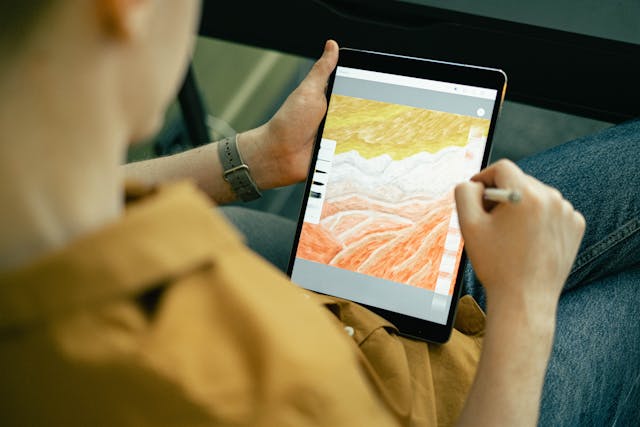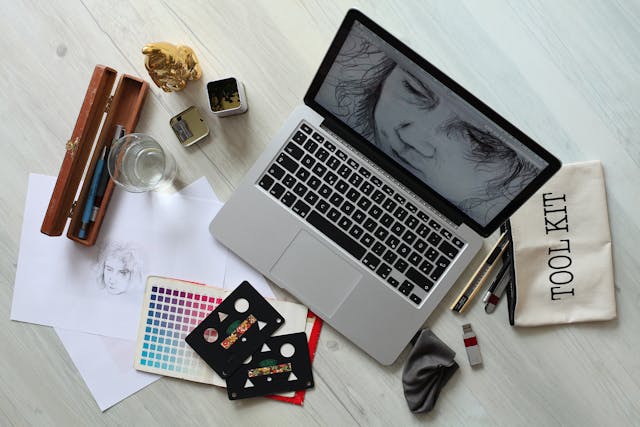Emerging Trends in Visual Arts: What’s Shaping 2025 and Beyond
The world of visual arts is always changing, reflecting new ideas, technologies, and cultural shifts. As we move through 2025, several exciting trends are shaping how artists create and how audiences experience art. Whether you’re an artist, collector, or just a fan, here’s a look at the key trends influencing visual arts now and in the future.

Digital and AI Art Take Center Stage
Digital art has been growing for years, but in 2025, it’s reaching new heights. Artists use advanced software, virtual reality, and artificial intelligence (AI) to create works that were once impossible. AI tools help generate ideas, enhance creativity, and even produce entire pieces.
This technology opens doors for innovative styles and challenges traditional ideas of authorship and originality in art.
Immersive and Interactive Experiences
Art is becoming more than just something to look at — it’s becoming something to experience. Museums and galleries now offer immersive installations using virtual reality (VR), augmented reality (AR), and mixed reality (MR).
Visitors can walk inside a painting, interact with digital sculptures, or even influence the artwork in real time. This makes art more engaging and accessible to wider audiences.
Sustainability and Eco-Friendly Art
Environmental awareness is influencing artists worldwide. Many creators are focusing on sustainability by:
- Using recycled or natural materials.
- Highlighting themes about climate change and nature.
- Creating art that encourages reflection on our impact on the planet.
Sustainable art practices are becoming a vital part of the creative process and message.
Cross-Cultural and Global Influences
Artists today draw inspiration from diverse cultures and traditions, blending styles and ideas from around the world. This global exchange enriches visual arts with fresh perspectives and helps break down cultural barriers.
Art fairs and online platforms make it easier than ever to discover artists from every corner of the globe.
The Rise of NFTs and Blockchain in Art
Non-fungible tokens (NFTs) and blockchain technology continue to change how art is bought, sold, and owned. NFTs allow artists to sell digital art with verified ownership and scarcity, creating new income streams and markets.
While still controversial, this trend is pushing the boundaries of what art can be in the digital age.
Handmade and Craft Revival
Alongside digital growth, there is renewed interest in traditional crafts and handmade art. People appreciate the skill, time, and personal touch involved in ceramics, textiles, woodworking, and more.
This balance of old and new reflects a desire for authenticity and connection in art.
What to Watch for the Future
- More blending of physical and digital art forms.
- Greater focus on art that inspires social change.
- New tools that democratize art creation and sharing.
- Growing communities of artists and fans connected online.

Final Thoughts
The visual arts of 2025 and beyond are exciting and diverse. Digital innovation, immersive experiences, sustainability, and cultural exchange are all shaping how art looks and feels.
Whether through AI-generated works or traditional crafts, artists are finding new ways to express ideas and connect with audiences. This dynamic mix promises a rich and evolving art world for years to come.












